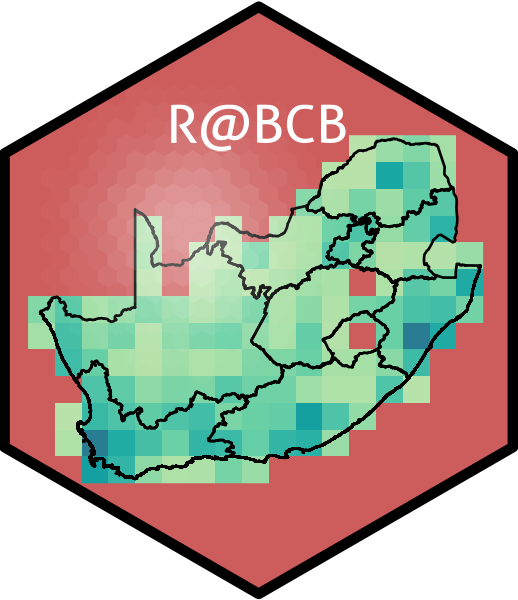R> character(0)14. Recap
“Everyone should have their mind blown once a day.”
— Neil deGrasse Tyson
“Somewhere, something incredible is waiting to be known.”
— Carl Sagan
Over the past four days we have covered quite a bit of ground. By now it is our hope that after having participated in this workshop you will feel confident enough using R to branch out on your own and begin applying what you have learned to your own research.
Above all, remember the tidy principles you have leaned here and endeavour to apply them to all facets of your work. The more uniformly tidy your work becomes, the more compounding benefits you will begin to notice.
The future
The content we have covered in this workshop is only the beginning. We have looked down upon the tidyverse, it’s multitudinous spiralling arms stretching out away from us in all directions. The next step is to begin to investigate the specific branches of the R tree of knowledge that interest us most. Or are most relevant to our work. The following list contains some further suggestions for workshops that are available:
- R for biologists
- R for environmental science
- R for oceanographers
- Advanced visualisations
- Multivariate analysis
- Species distribution modelling
- Reproducible research
- Basic stats
For further information or inquiries about additional training please contact Robert Schlegel: robwschlegel@gmail.com .
Today
For the rest of today we will now open the floor to questions and suggestions that we may work through as a group.
Session info
Reuse
Citation
@online{j._smit2021,
author = {J. Smit, Albertus},
title = {14. {Recap}},
date = {2021-01-01},
url = {http://tangledbank.netlify.app/BCB744/intro_r/14-recap.html},
langid = {en}
}
